As recovery starts to take shape, several digital trends have become apparent in the equipment finance landscape. In just a few months, COVID-19 has accelerated digital trends, ushering in the arrival of a future that equipment finance was likely already on track to realize. Companies that recognize the value of investing in new technology will have a leg up in recovering faster and pivoting from playing defense to chasing growth.
Today, we discuss six digital trends that Equipment Leasing and Finance Association outlined for equipment finance companies to adapt and compete in the new digital landscape.
1. Remote adoption will create a hybrid approach to working
Perhaps one of the most apparent impacts of COVID-19 will be the shift of people working remotely. According to a Gartner survey, 74% of CFOs say they expect to move previously on-site employees remote post-COVID-19. As companies transition back to the office, they will need to find the right balance between remote working and coming into the office. Companies will need to find a balance in providing employees the flexibility of working remotely while also establishing a sense of community that comes with working in the office.
2. New technology and legacy processes must merge
COVID-19 has rapidly reshaped the digital transformation agendas for many equipment finance companies. Over the years, companies have accelerated their shifts towards modernizing technology and adopting cloud-based tools to increase collaboration and productivity. With working remotely, companies relied on technology to communicate through instant messaging, videoconferencing, and collaboration boards. Companies should encourage early adoption of the latest technology to ensure that it works cohesively with proprietary systems in place.
3. Videoconferences should be used – and managed
The COVID-19 pandemic has undoubtedly reshaped the way equipment finance companies operate. To avoid business disruption, employees have relied on videoconferencing to stay connected to coworkers and customers. While video conferencing is the closest alternative for face-to-face meetings, it is important to recognize the signs of “Zoom fatigue”. Zoom fatigue stems from how we process information over video. For instance, in a video call, we become hyper-aware of ourselves and how that might be interpreted to others. Without visual breaks to help us refocus, our brains become fatigued.
4. Front- and back-end systems are adopting new technology
Some equipment finance companies have separate front- and back-end systems that are disconnected. Front-end systems typically refer to loan origination or any activity related to booking the transactions. Back-end systems generally refer to the loan portfolio management and servicing the loan after the transaction booking is complete. Since shifting to remote work, this has progressed the adoption of technology and the need for an interconnected system.
For instance, a true end-to-end system, such as ASPIRE powered by LTiCloud, can support companies of all sizes’ current and future needs. With a complete and integrated suite of applications to manage operations, companies can streamline workflows, increase automation, and expand organizational growth. With ASPIRE, companies can take advantage of the cloud to improve productivity, drive down costs, and gain workflow across all its functional areas on a single integrated cloud platform.
5. Cybersecurity has gotten more complex
Since the beginning of the COVID-19 pandemic, cybercriminals have gotten creative in staging all types of cyberattacks against companies. Since the start of the coronavirus, there have been a slew of phishing attacks targeting companies. Hackers have attempted to get individuals to download malware or give away personal information via email or phone by exploiting their fear or trust. To prevent cybersecurity attacks, equipment finance companies should train employees in cybersecurity principles. A report found that 90 percent of corporate data breaches in the cloud happen due to human error. In addition, with the increasing sophistication of cyber-attacks, companies should look into implementing reliable and advanced internal systems.
6. Investment in the customer experience is essential
With remote working, technology adoption is more important than ever before to enhance the customer experience. With the evolving demands to automate processes, it is important to invest in adopting the latest technology. Having the right technology tools enables employees to maximize productivity and provides a positive experience to customers. In the post-coronavirus era, we will see the need for more automated workflow tools and customized customer dashboards.
For example, with LTi’s ASPIRE platform, companies can take advantage of the cloud to increase automation, drive down costs, and gain workflow across all its functional areas on a single integrated cloud platform. In addition, with ASPIRE, equipment finance companies can utilize customer dashboards to monitor company performance and metrics in near real-time. ASPIRE’s customer dashboards allow companies to analyze data, helping companies gain valuable insight to drive quick and accurate decision-making.
Finally, as we look forward to the future in equipment finance, we will see how equipment finance companies and incumbents fare by embracing new digital trends accelerated by the COVID-19 pandemic. The key to achieving success in today’s digital world is building a customer-centric organization. As a true cloud technology partner, we take time to understand your business and implement the functionality for our customers that fit their best practices. To learn more about our customer-centric approach, contact us today on how ASPIRE powered by LTiCloud can expand your organization’s growth and improve your bottom line and profitability.

